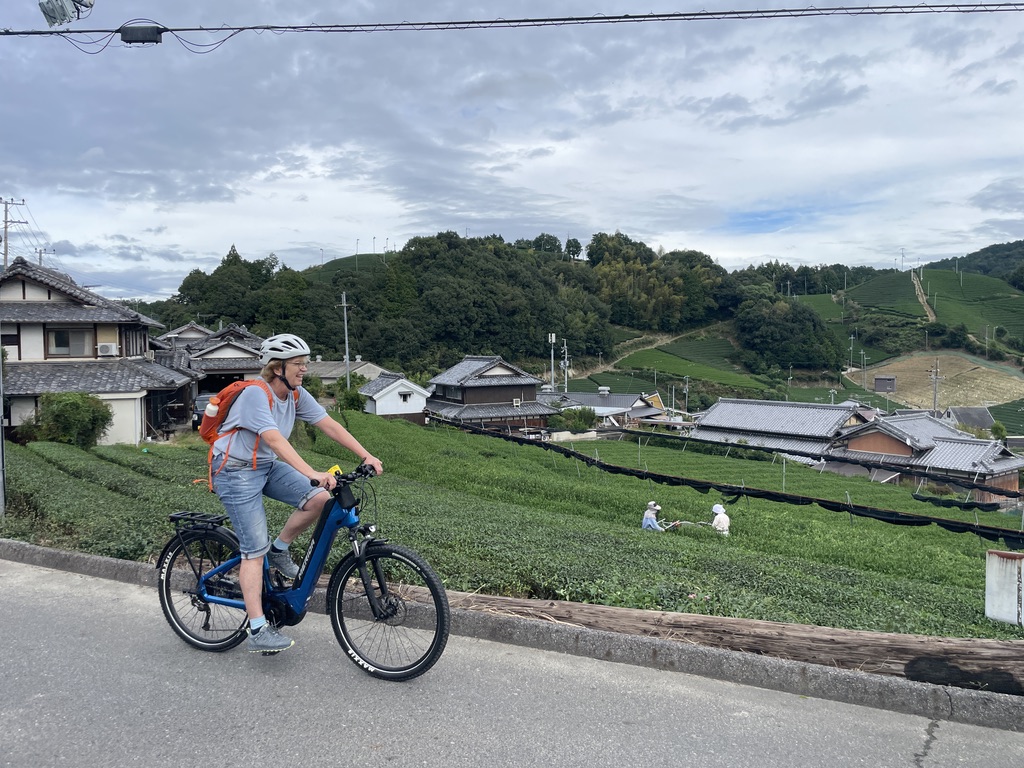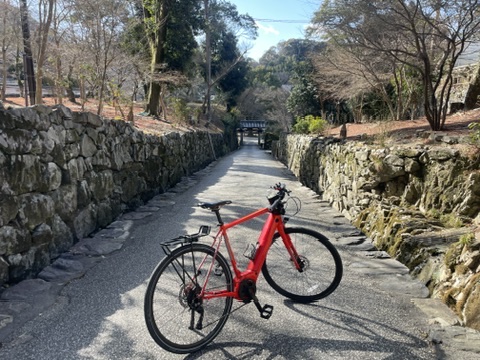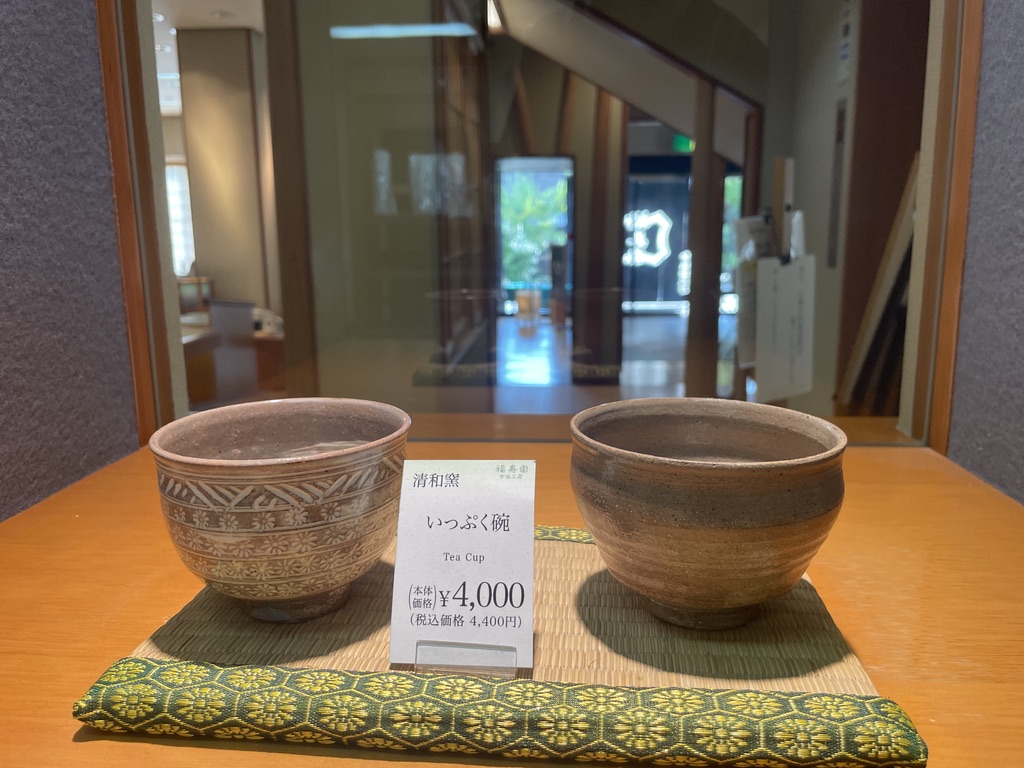Overview
- Time : 1 day *Standard hours are from 9am to 4pm
- Distance : 30km~ 50km *Depending on your level, the tour will finish at 4pm at the latest.
- Number of Guests : 2~6 *Private Tour
- Price : 24,000 yen per person, all inclusive (Discounts available if meals are not included)
- Reservation Deadline : Generally, up to the day before (in some cases, it may be OK even on the day, so please contact us).
- Meeting point : Free pick-up from hotels in Nara / Kyoto city available.

Experience the origin and pinnacle of Japanese tea culture with your whole body
Uji tea in Kyoto is the origin of Japanese tea culture and the best brand. Uji is truly a "tea town" where all kinds of tea cultures come together. And the largest tea producing area is Wazuka, where the beautiful tea fields that spread as far as the eye can see give a unique feeling of the world.

This tour starts or finishes in Nara and Kyoto with transportation included, and cycles between Uji and Wazuka on an E-Bike. Enjoy tea and sweets while looking at the tea fields. An optional tea ceremony in a teahouse is also available.
Itinerary
*You can start from either Nara or Kyoto, but we recommend starting from Nara.

Cycling practice in Nara Park
Get picked up from your hotel in Nara and practice cycling in Nara Park.
The park is huge and you can cycle past various small temples, gardens and mountain views.
*Todaiji Temple has become too crowded in recent years, so tours no longer go there.

Use powerful E-Bikes
Naturally, the tea fields are located in hilly areas, so to enjoy the beautiful scenery even on steep slopes, the tour uses powerful E-Bikes.
If the slope is still too steep, there is also a shortcut available by car.

Wazuka 800 Years of Tea Village
15km north from Nara, about an hour by bicycle, is a mountain village called Wazuka. This is the oldest tea producing area in Japan, and was once under direct control of the Emperor. Vast tea fields stretch out here, and life there is centered around tea.

Drink the most delicious tea in Kyoto, selected by your guide
Wazuka has many tea houses, all of which serve the best quality tea in Japan.

Inu-uchi Pass (Historic Tea Transport Route)
Uji was a tea sales area, and the vast tea fields were located in the Wazuka area, 15km away. Therefore, much of the tea leaves were transported over the mountains. We will cycle along this historic road.
The pass is about 300m above sea level, but no cars pass through it, making it a truly mystical cycling field.

Uji
Going north from Wazuka, over the mountains, about 20km, we will arrive at Uji.
Uji is a city that developed as a detached palace of Kyoto, and the government often took refuge here when war broke out in Kyoto.
This is where Japanese tea culture flourished, and even today it attracts many tourists.

Uji Hiden Tea Temple
Uji is a tourist destination and the largest brand of Japanese tea. Incidentally, Wazuka tea is also one of the Uji tea brands, accounting for half of the total.
Uji is also home to the Zen temple that first spread tea culture in Japan. It is also the birthplace of Zen temples such as Eiheiji. We will guide you through this quiet and beautiful space, completely devoid of tourists.

Uji Pottery shopping
Tea utensils are an essential part of Japanese tea culture, and Uji is home to many tea utensil craftsmen and even has a gallery.

Uji Tea Musium
Here you can learn about tea production methods, tea utensils, and types of tea, and of course you can also buy tea.

Disband in Uji or Continue cycling to the hotel
Uji has many other attractions, including the Tea Museum, tea soba restaurants, and tea bars.
It's a 30-minute direct train ride from Uji to Kyoto, so you can disband there, collect your bicycles, and take your time to make your way to the hotel on your own.
Your luggage will be delivered to your hotel.
If you want to arrive at your hotel early, we can provide a shuttle service to your hotel.

